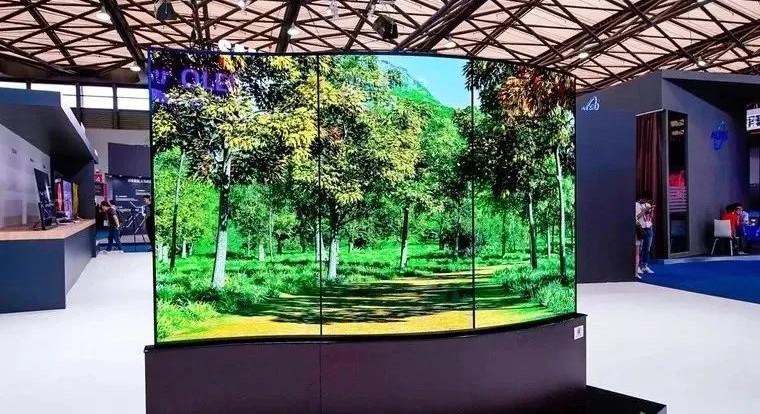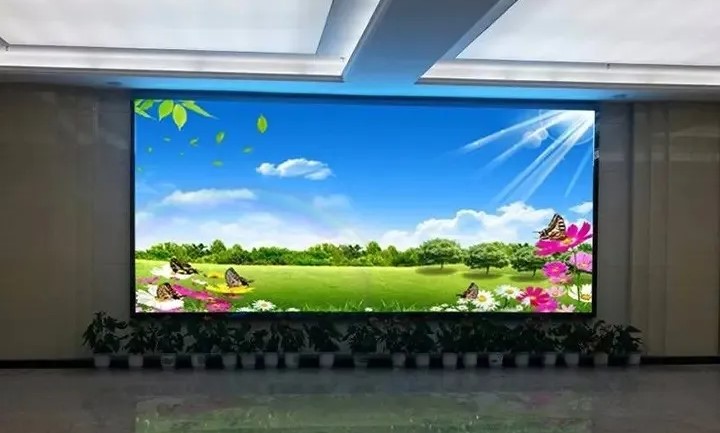We often hear the terms "4K" and "OLED" in our daily lives, especially when browsing some online shopping platforms. Many advertisements for monitors or TVs often mention these two terms, which is understandable and confusing. Next, let's take a deeper look.
What is OLED?
OLED can be regarded as a combination of LCD and LED technology. It combines the slim design of LCD and the self-luminous characteristics of LED, while having lower energy consumption. Its structure is similar to LCD, but unlike LCD and LED technology, OLED can work independently or as a backlight for LCD. Therefore, OLED is widely used in small and medium-sized devices such as mobile phones, tablets and TVs.
What is 4K?
In the field of display technology, it is generally believed that display devices that can reach 3840×2160 pixels can be called 4K. This quality display can present a more delicate and clear picture. At present, many online video platforms provide 4K quality options, allowing users to enjoy a higher quality video experience.
Difference between OLED and 4K
After understanding the two technologies, OLED and 4K, it is interesting to compare them. So what is the difference between the two?
In fact, 4K and OLED are two different concepts: 4K refers to the resolution of the screen, while OLED is a display technology. They can exist independently or in combination. Therefore, it is important to understand how the two are intertwined.
Simply put, as long as the display device has 4K resolution and uses OLED technology, we can call it "4K OLED".

In reality, such devices are usually expensive. For consumers, it is more important to consider the price-performance ratio. Instead of choosing an expensive product, it is better to choose a more cost-effective device. For the same money, you can enjoy a close experience while leaving some budget for enjoying life, such as watching a movie or having a good meal. This may be more attractive.
So, from my point of view, it is recommended that consumers consider ordinary 4K monitors instead of 4K OLED monitors. What is the reason?
Price is of course an important aspect. Secondly, there are two issues to pay attention to: screen aging and size selection.
OLED screen burn-in problem
It has been more than 20 years since OLED technology was first introduced, but problems such as color difference and burn-in have not been effectively solved. Because each pixel of the OLED screen can emit light independently, the failure or premature aging of some pixels often leads to abnormal display, which in turn produces the so-called burn-in phenomenon. This problem is usually closely related to the level of manufacturing process and the rigor of quality control. In contrast, LCD displays do not have such troubles.
OLED size problem
OLED materials are difficult to make, which means that they are usually not made very large, otherwise they will face cost surges and failure risks. Therefore, the current OLED technology is still mainly used in small devices such as mobile phones and tablets.

If you want to build a 4K large-screen TV with an LED display, this is a good choice. The biggest advantage of LED displays in making 4K TVs is its flexibility, and different sizes and installation methods can be freely spliced. At present, LED displays are mainly divided into two types: all-in-one machines and LED splicing walls.
Compared with the above-mentioned 4K OLED TVs, the price of all-in-one LED displays is more affordable, and the size is larger, and the installation is relatively simple and convenient.
LED video walls need to be built manually, and the operation steps are more complicated, which is more suitable for users who are familiar with hands-on operations. After completing the construction, users need to download the appropriate LED control software to debug the screen.
Post time: Aug-06-2024







